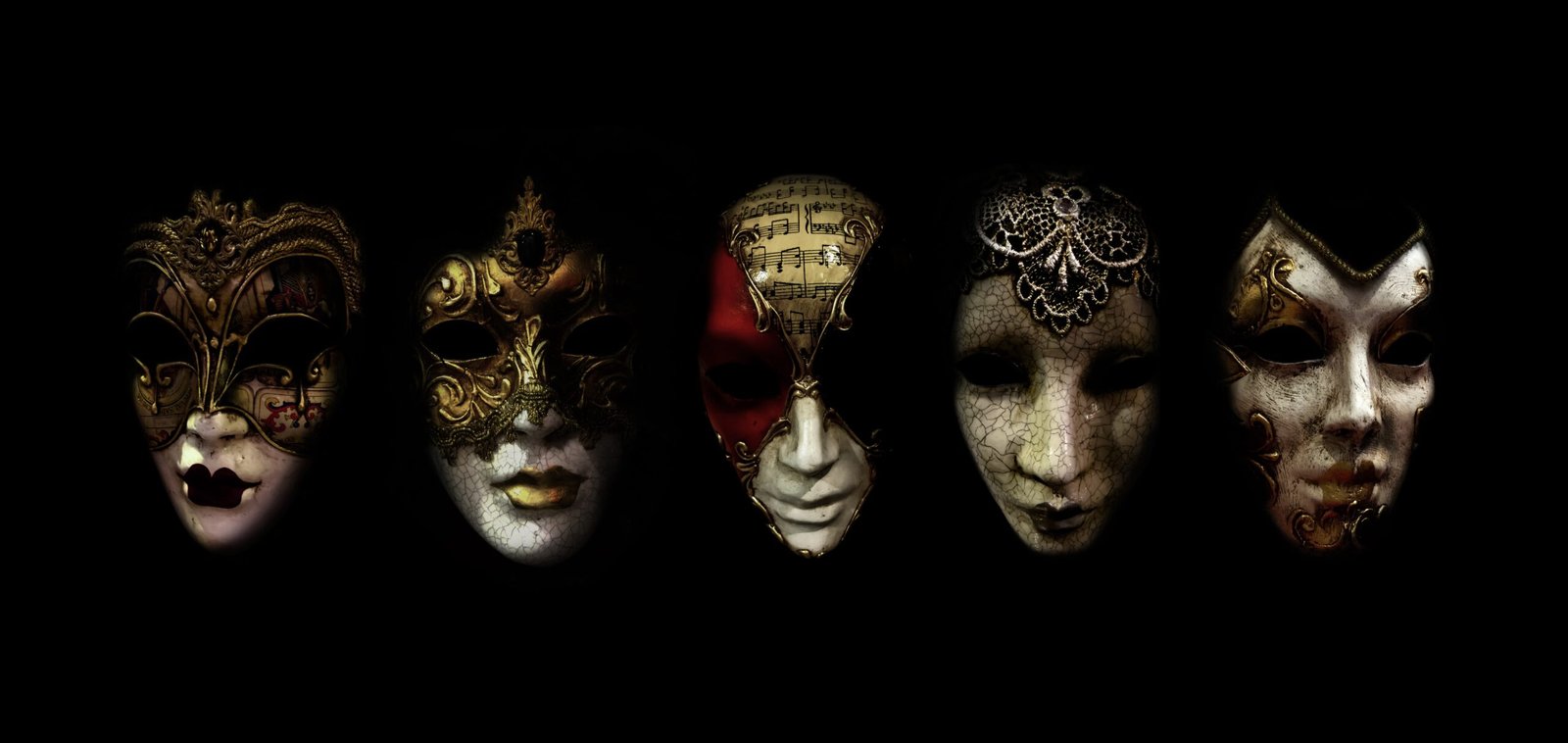When it comes to cultural traditions, few can rival the allure and mystique of Venetian masks. These intricate and ornate creations have captivated people for centuries, transporting them to a bygone era of opulence and secrecy. Whether you’re an avid traveler, a history buff, or just someone with a penchant for the extraordinary, the Venetian mask culture is something you should definitely know about.
A Brief History
The origins of Venetian masks can be traced back to the 13th century, during the time of the Venetian Republic. Initially, masks were worn during the Carnival of Venice, a festival known for its extravagance and revelry. The masks allowed people from all walks of life to mingle anonymously, breaking down social barriers and indulging in uninhibited behavior.
Over time, the popularity of Venetian masks grew, and they became an integral part of Venetian society. They were worn not only during the Carnival but also at various other events and celebrations throughout the year. The masks became a symbol of freedom, allowing wearers to escape their everyday identities and embrace a sense of liberation.
The Artistry Behind the Masks
One of the most fascinating aspects of Venetian masks is the sheer artistry and craftsmanship that goes into their creation. Skilled artisans, known as “mascherari,” meticulously handcraft each mask, using a variety of materials such as papier-mâché, porcelain, and leather.
Every mask is a unique masterpiece, with intricate designs, vibrant colors, and embellishments like feathers, beads, and jewels. From the classic Bauta mask to the more elaborate Colombina and Medico della Peste, each mask tells a story and reflects the wearer’s personality or the character they wish to portray.
The Symbolism and Meanings
Venetian masks are not just decorative accessories; they carry deep symbolism and meanings. Each mask design has its own significance, representing various characters from the Commedia dell’arte, a popular form of Italian theater.
For example, the Bauta mask, with its square jawline and no mouth, was traditionally worn by both men and women to conceal their identity completely. It allowed wearers to speak freely without fear of retribution, making it a symbol of political dissent and rebellion.
On the other hand, the Colombina mask, often adorned with feathers and sparkles, represents femininity, beauty, and seduction. It was worn by women to enhance their allure and captivate the attention of admirers.
The Modern-Day Significance
While the Carnival of Venice remains the most famous event associated with Venetian masks, their appeal extends far beyond this annual celebration. Today, Venetian masks are sought after by collectors, art enthusiasts, and those looking to add a touch of elegance and mystery to their homes.
Furthermore, Venetian masks have become popular accessories for masquerade balls, themed parties, and even weddings. They add an element of intrigue and excitement, allowing people to step into a different persona for a night and experience the magic of Venetian traditions.
Preserving the Legacy
Despite the passage of time, the Venetian mask culture continues to thrive. Various workshops and schools in Venice offer classes and demonstrations, ensuring that the art of mask-making is passed down to future generations. These efforts help preserve the rich heritage and ensure that the tradition lives on.
So, the next time you find yourself in Venice or come across a Venetian mask at an art gallery or boutique, take a moment to appreciate the centuries-old tradition and the craftsmanship that goes into creating these exquisite works of art. Embrace the mystery and allure of the Venetian mask culture, and let yourself be transported to a world of elegance and enchantment.
